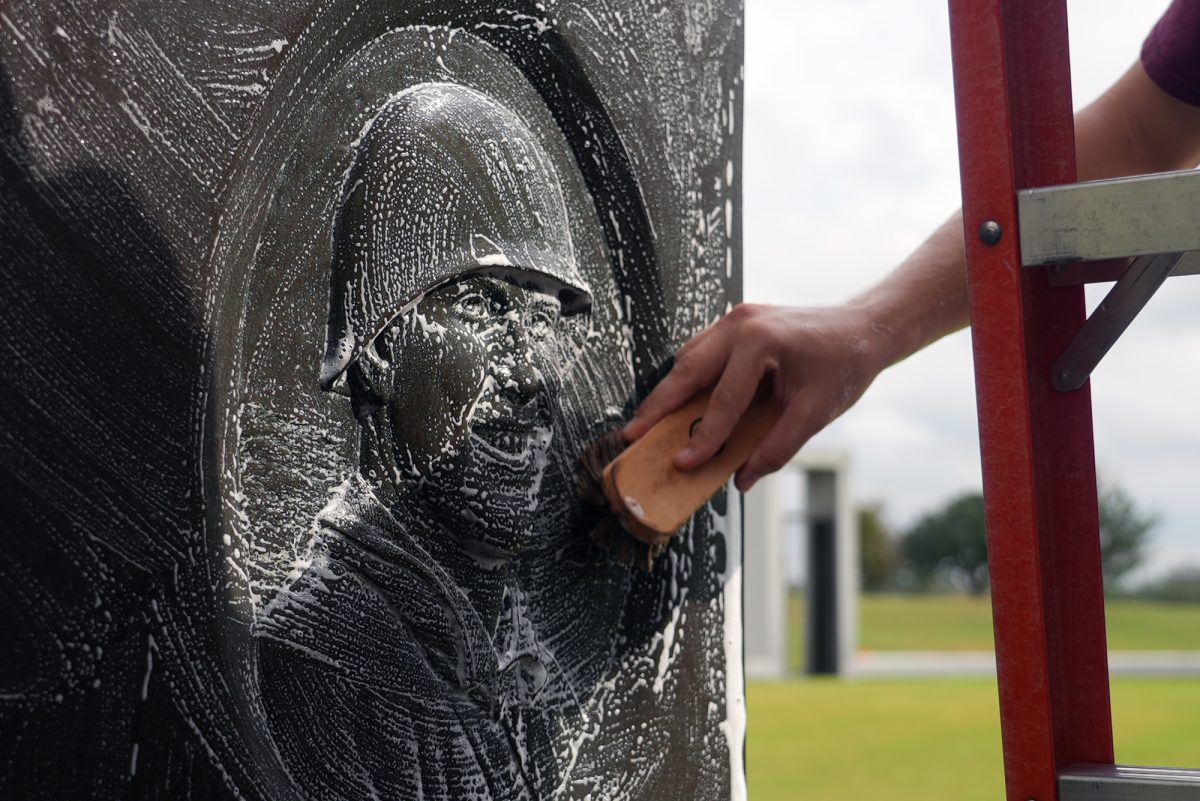Marianela Cintrón remembers how the structure of middle and high school – being in school all day – worked well for her academically. Transitioning to a different environment from high school to college created challenges.
Now a mechanical engineering senior, Cintrón has continued to excel but said the journey has not been without struggle. Recently, she met with Counseling and Psychological Services, or CAPS, at A&M about symptoms that coincide with those of ADHD or Attention Deficit Hyperactive Disorder.
Women often face a misdiagnosis before being diagnosed for ADHD, according to CHADD.org, a national nonprofit dedicated to helping those with ADHD. Stereotypes affect diagnosis with 69% of American men more likely to be diagnosed with ADHD compared to women, according to ADDitude Magazine.
After completing the CAPS screening process, Cintrón said she will seek a formal ADHD evaluation from a community therapist.
“Without a doubt, in high school it was a joke among my friends that I had ADHD because I was constantly bouncing my legs,” Cintrón recalls.
Use of fidget toys is a common association with ADHD. A study concluded that fidgety behavior displayed by children and adults with ADHD may be an effort to increase attention and alertness, according to the CHADD website.
“I also recently got a fidget ring. It’s got these beads on it that I can just play with constantly,” Cintrón said. “Before I got this ring I was playing with my other rings, but I was dropping my Aggie ring all the time as a result.”
Even the fidget stereotype can be a misconception about ADHD, along with an inability to pay attention, said Brian Anderson, Ph.D. and psychology professor at A&M who specializes in cognition and cognitive neuroscience research.
“For ADHD, and how it relates to attention and how it affects studying, it’s really predominately about sustained attention,” Anderson said. “The idea that people with ADHD are sort of more distractible per se is actually not true.”
College students face a variety of mental health challenges. Up to 44% of college students reported having symptoms of depression and anxiety, according to a recent Mayo Clinic Health System study.
Diagnosis and treatment for depression and anxiety can be complex, said Annmarie MacNamara, Ph.D. and psychology professor at A&M whose areas of specialty include clinical and affective science.
“For a diagnosis of depression basically there’s many different combinations of symptoms that a person can have and still meet that diagnosis,” MacNamara said. “You get patients who look very different from each other.”
While one person might be experiencing overeating and oversleeping, another person could suffer weight loss and lack of sleep, explained MacNamara. Depression can present as a kind of agitation as opposed to being lethargic, while someone else has anger issues and another person doesn’t.
Patients can look very different, and that leads to questions about treatment, said MacNamara. Based on national averages, there is a 20% chance of developing depression at some point, MacNamara said. An estimated 21.0 million adults in the United States had at least one major depressive episode, according to the National Institutes of Health.
‘It made me realize I’m not alone.’
April 3, 2022
Photo by Courtesy of Hayden Carroll
Depression is estimated to be 2.7 times more prevalent among adults with ADHD than among the general adult population. Women are significantly more likely to be undiagnosed than men.
0
Donate to The Battalion
Your donation will support the student journalists of Texas A&M University - College Station. Your contribution will allow us to purchase equipment and cover our annual website hosting costs.








